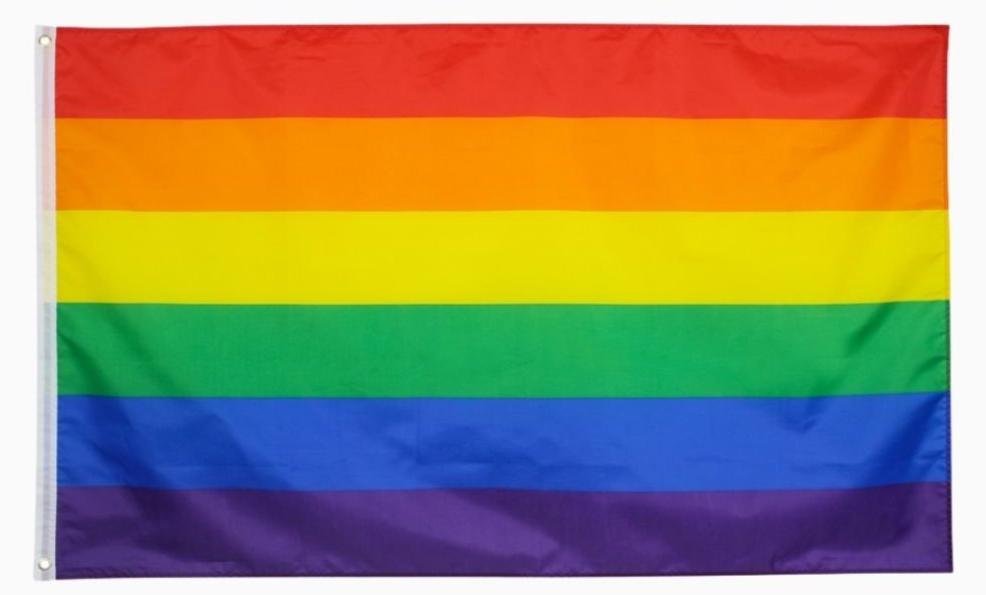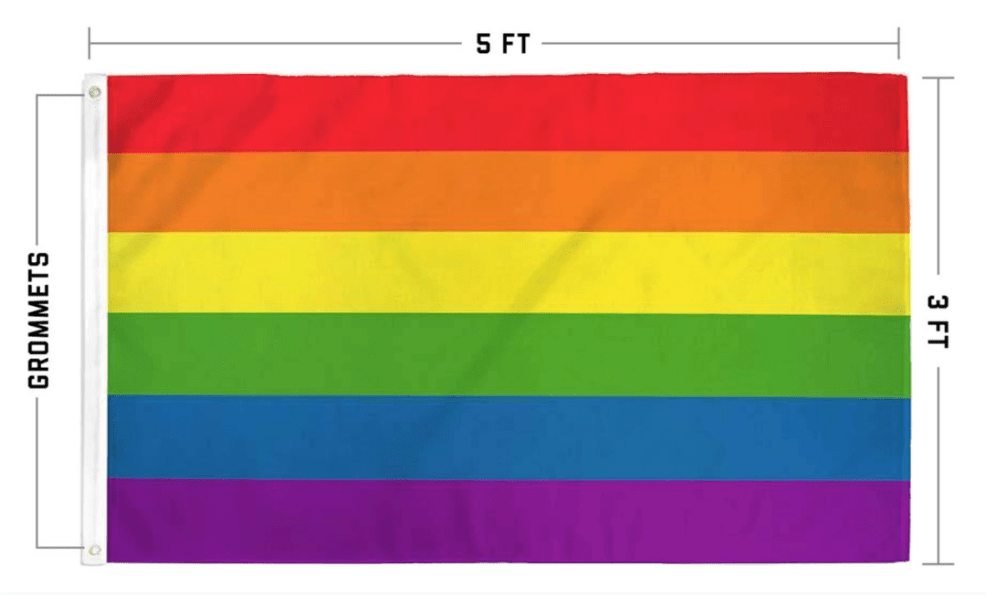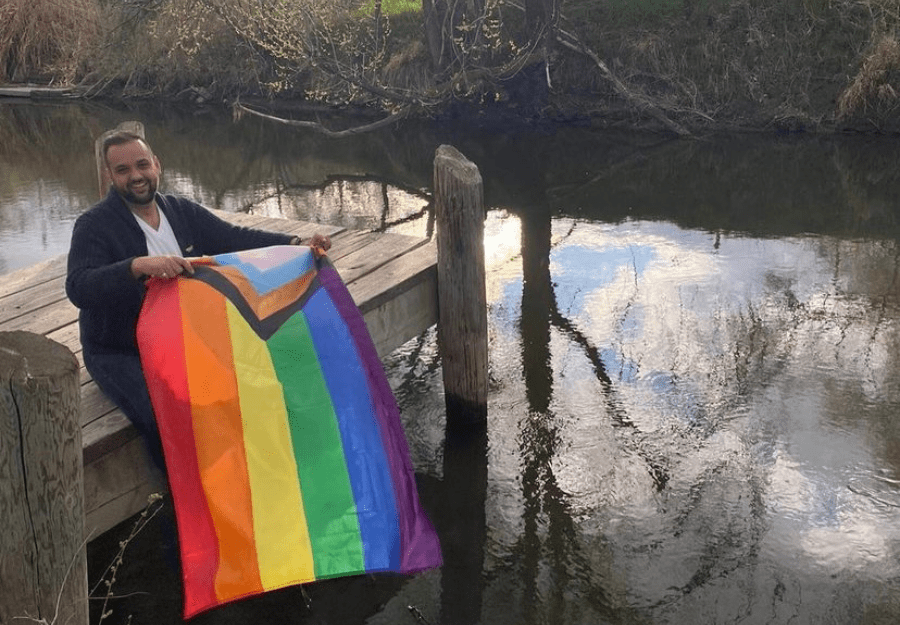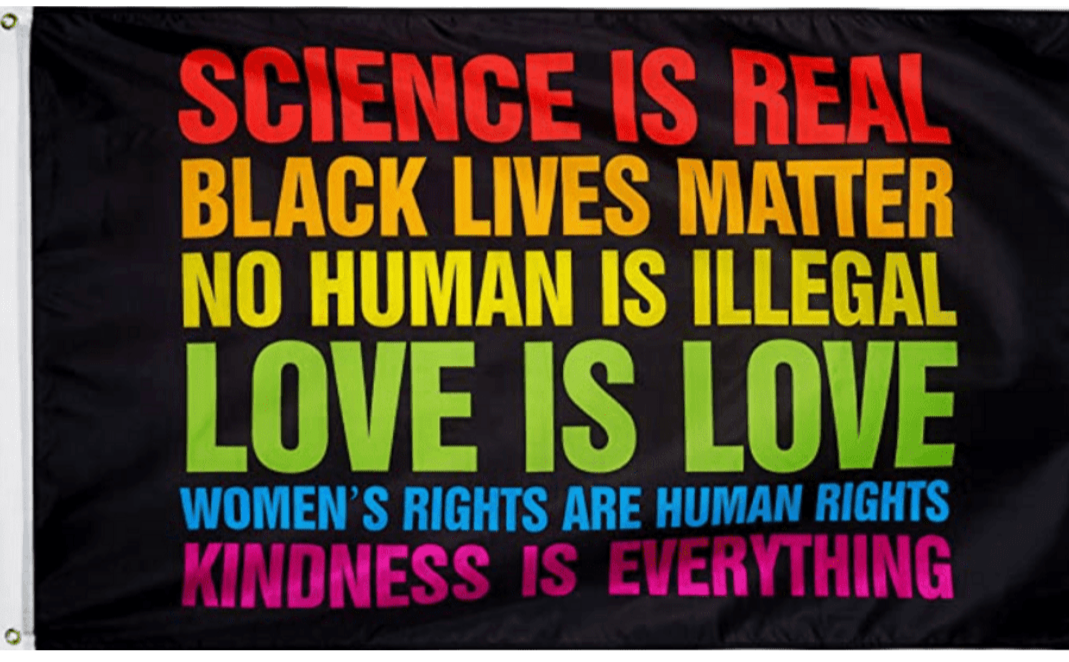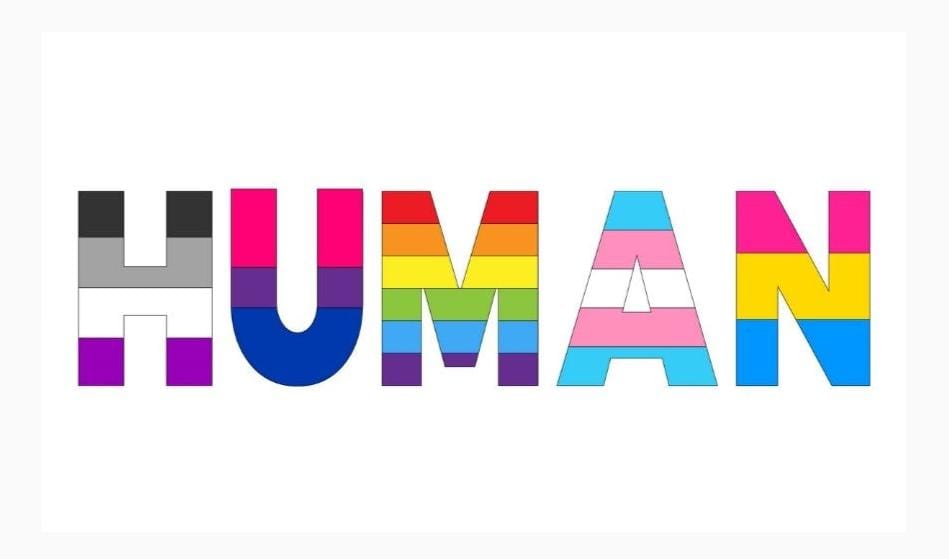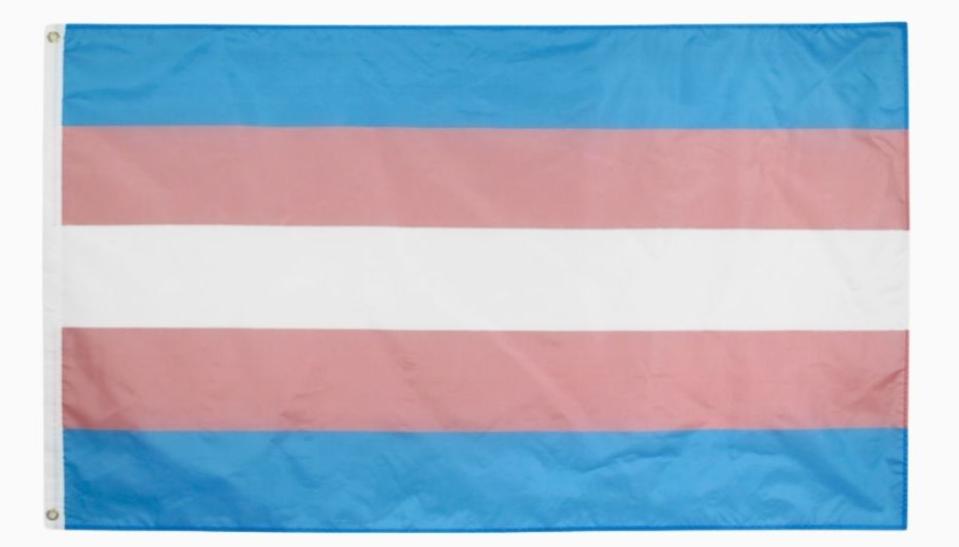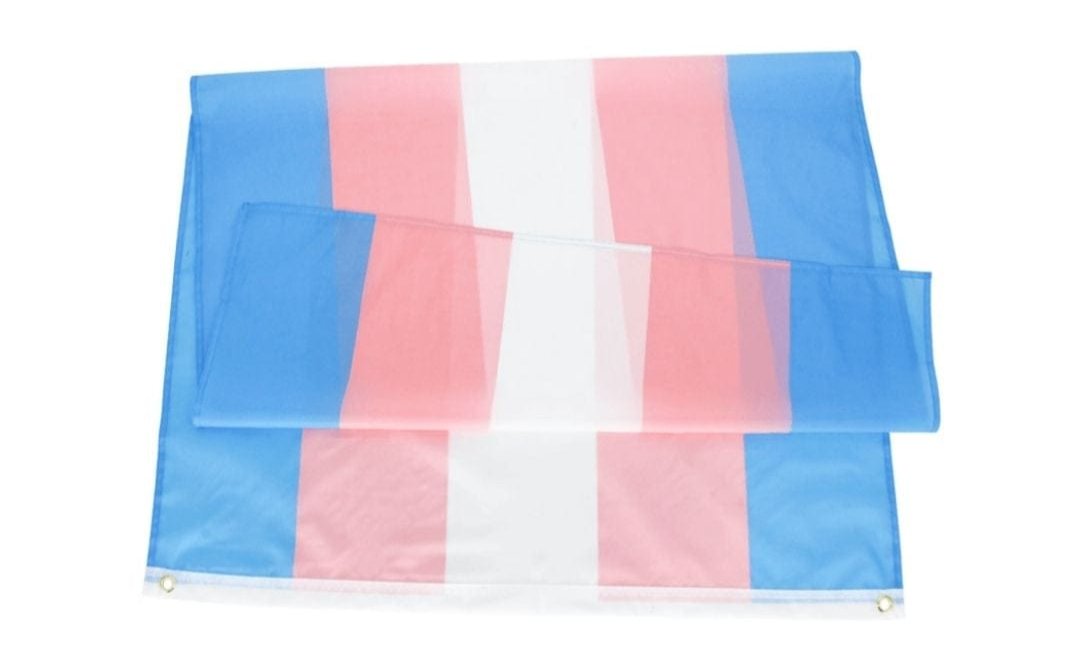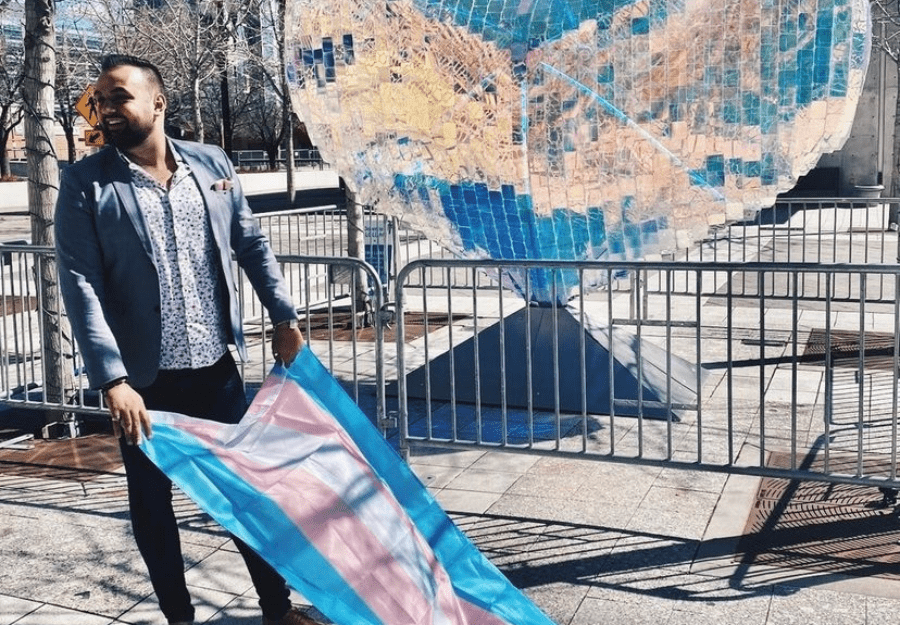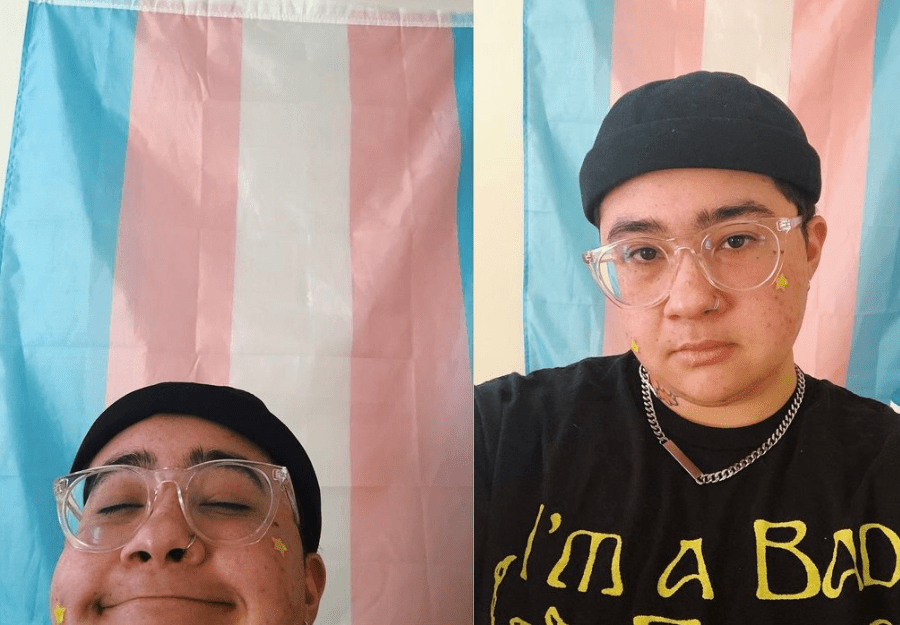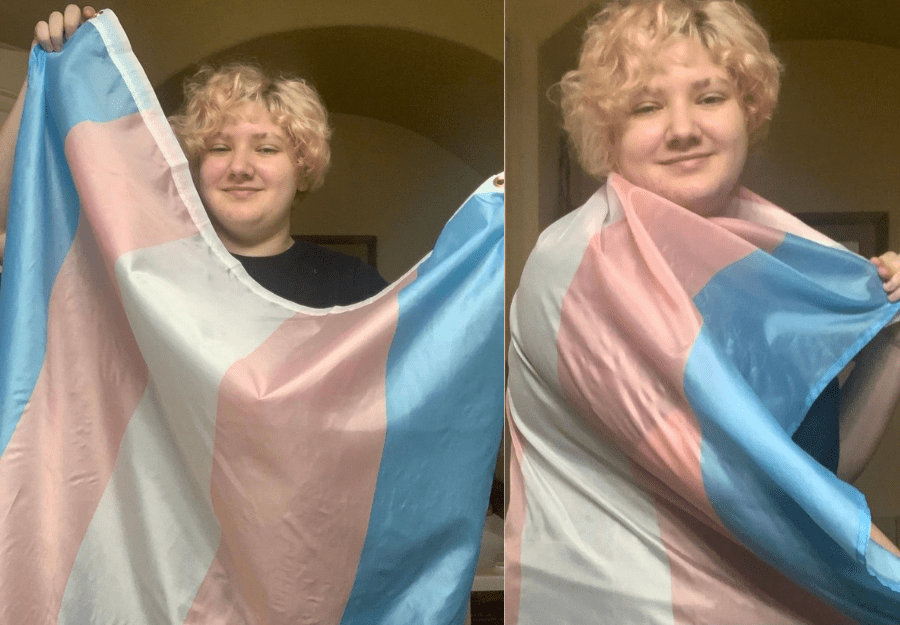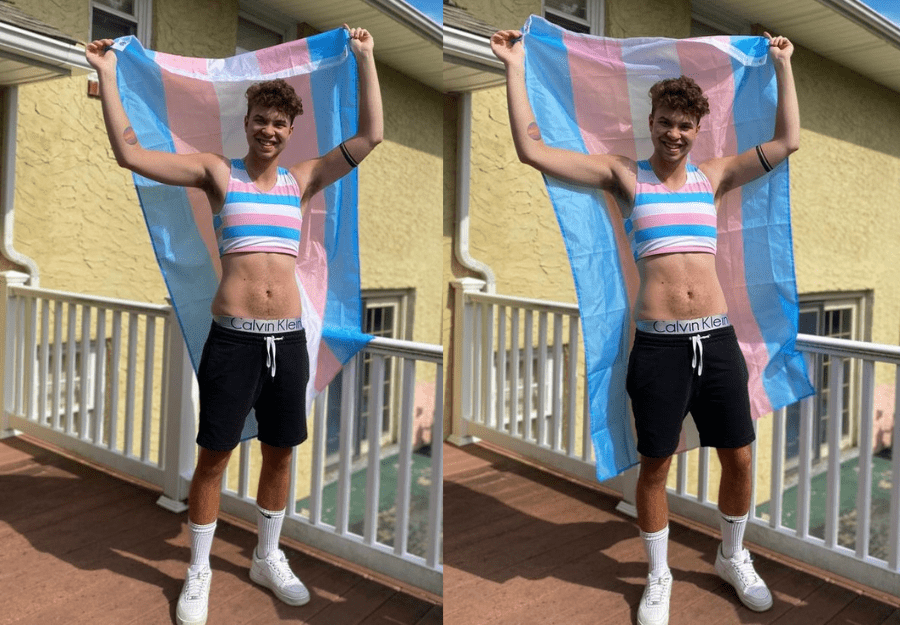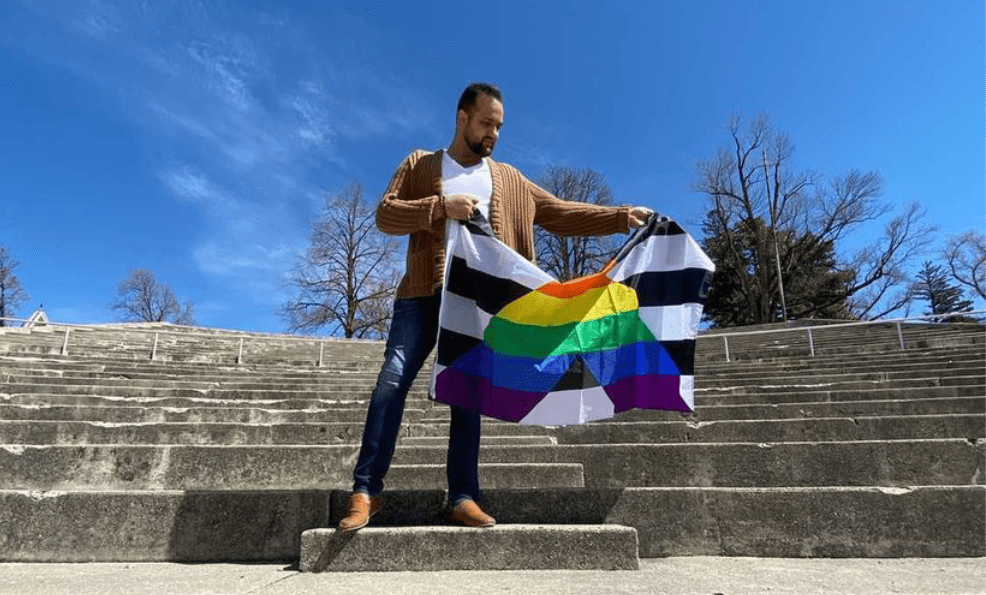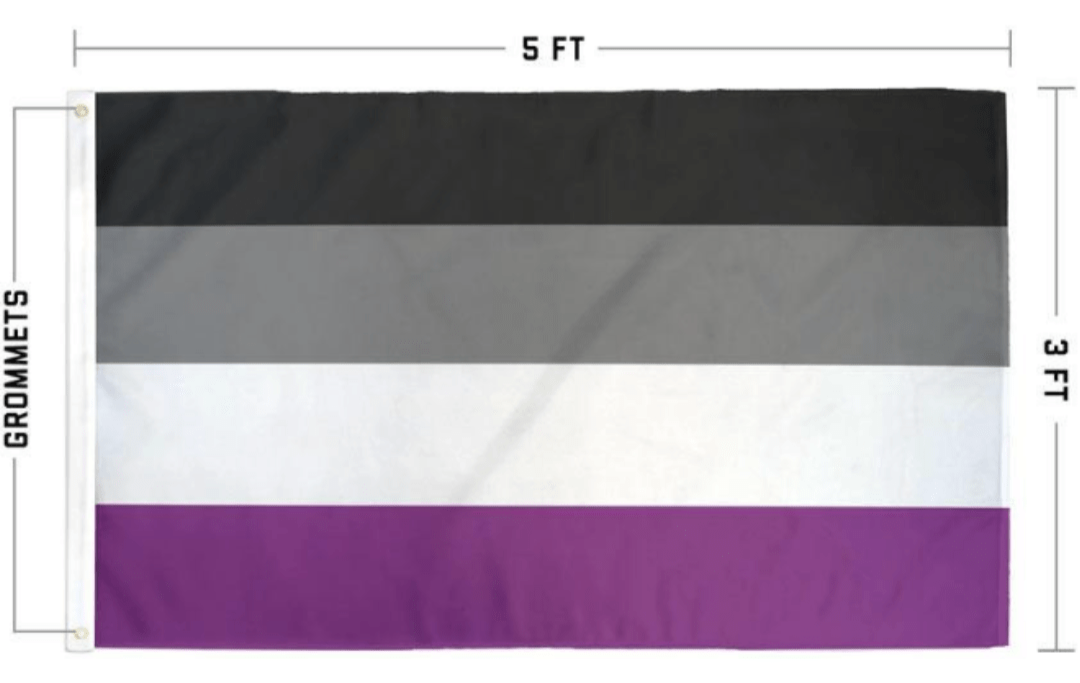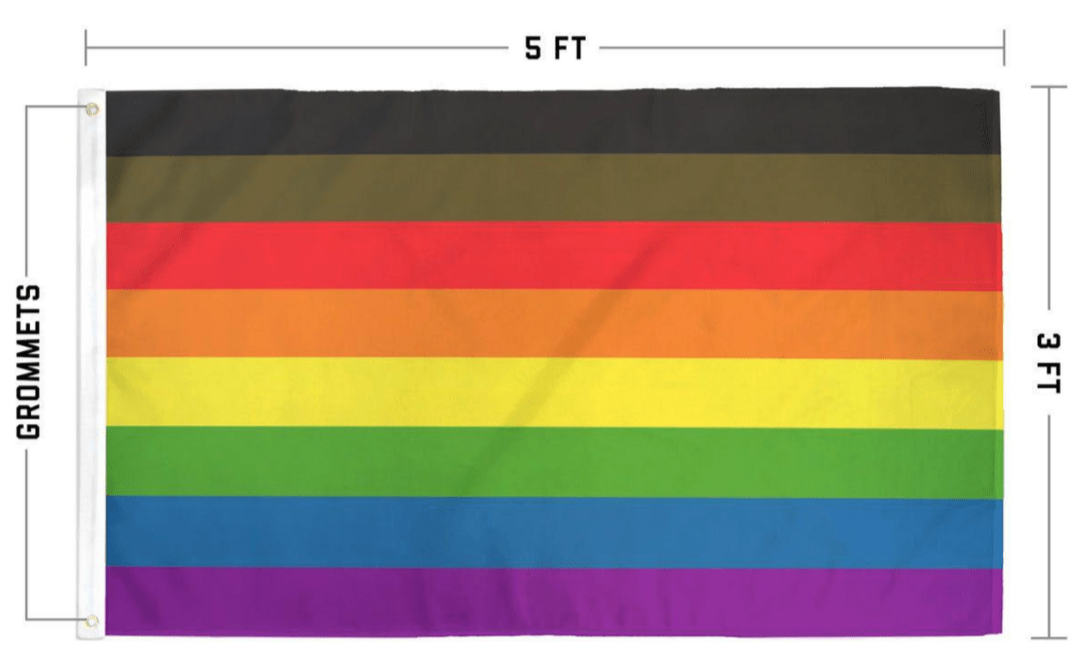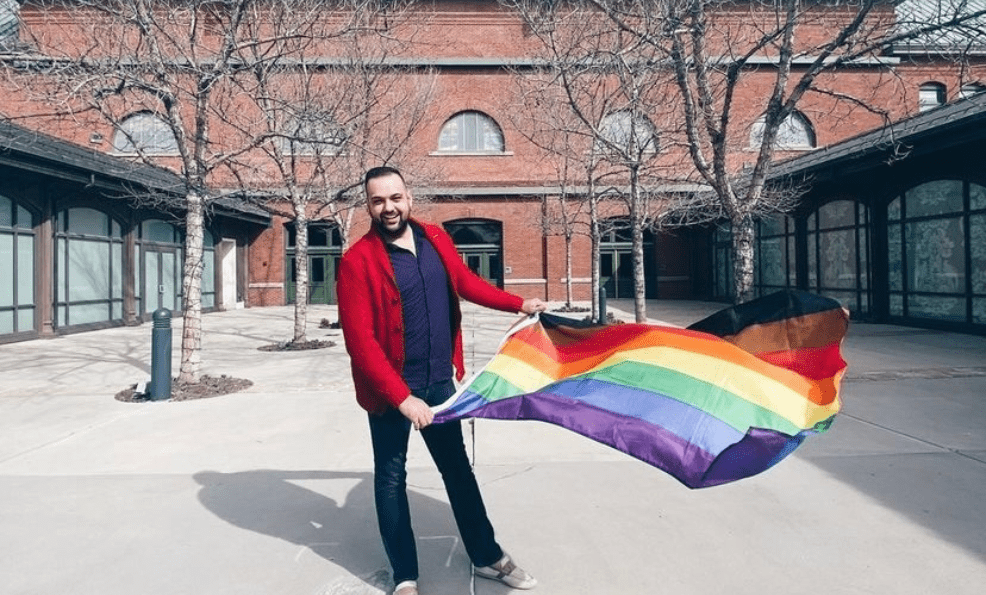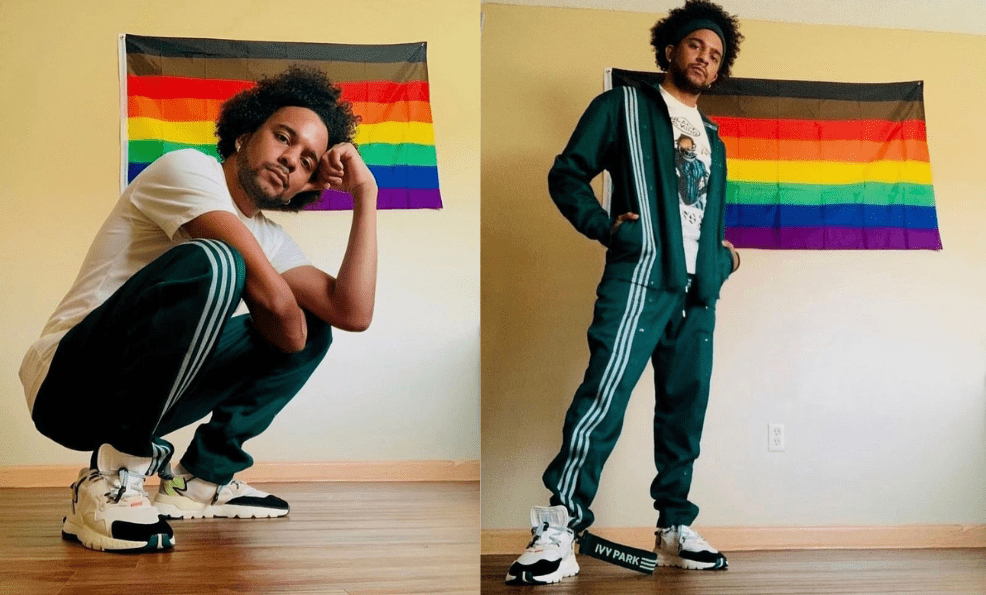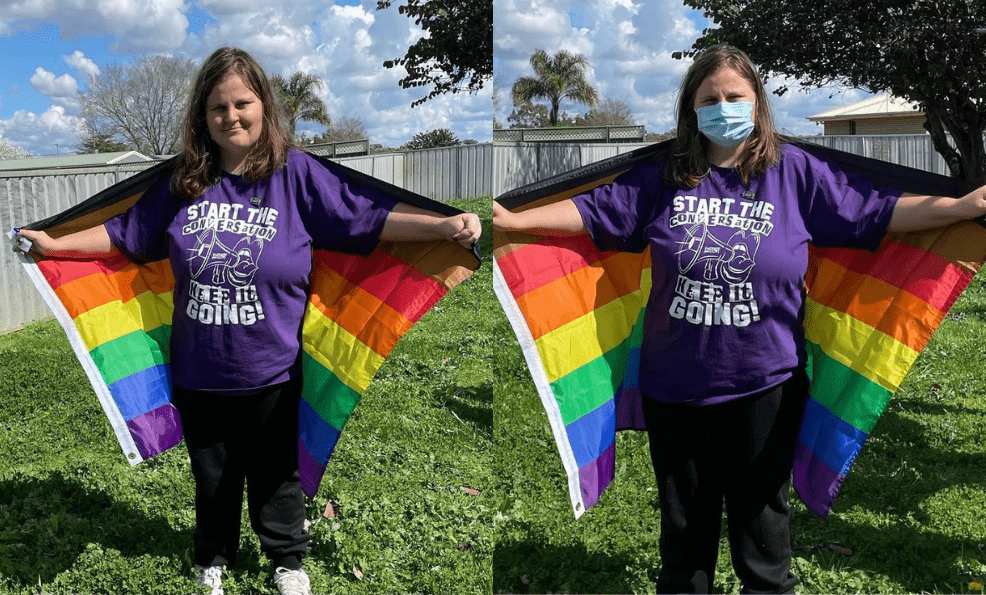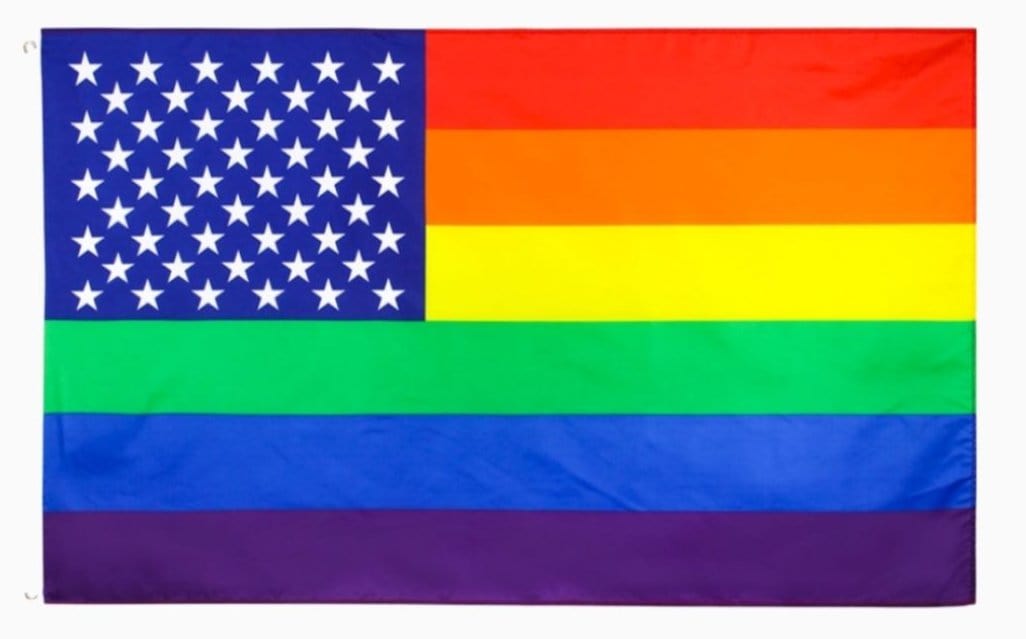On May 6, 2025, the U.S. Supreme Court allowed a deeply controversial policy to quietly return: the ban on most transgender people serving in the military.
Without a hearing or full opinion, the court chose not to block a lower court’s decision that reinstates former President Trump’s ban on open transgender military service — a policy first announced via tweet in 2017.
This moment is more than just a legal setback. It’s a chilling reminder of how quickly hard-won rights can be stripped away.
What Is the Trans Military Ban?
The ban prohibits transgender individuals from serving openly in the U.S. military unless they meet narrow medical criteria — often requiring that they remain in their birth-assigned sex or forgo gender-affirming treatment.
In practice, this policy:
- Denies enlistment to most trans recruits
- Forces active service members to hide or delay their transitions
- Punishes authenticity with discharge or career stagnation
It replaces the inclusive 2016 Obama-era policy that allowed transgender troops to serve openly and access affirming care.
⚖️ What Did the Supreme Court Decide?
Technically, the Court didn’t “rule” on the ban — but their refusal to intervene allowed the restrictive policy to take effect.
This isn’t the first time SCOTUS has taken a passive stance: in 2019, they allowed the ban to proceed amid legal battles. Now in 2025, they’ve done it again, creating a legal limbo for thousands of trans Americans who serve their country.
This decision comes at a time when trans people are already facing increasing hostility in legislation, healthcare, and education. And now — even in uniform.
😔 The Impact on Trans Service Members
For many trans people in the military, this decision is personal. It sends a harmful message:
“You can risk your life for your country, but only if you hide who you are.”
The consequences are real:
- Lost jobs and denied promotions
- Increased rates of mental health distress and dysphoria
- A rollback in visibility, representation, and respect
Want to better understand the emotional toll of policies like this?
👉 Let’s Talk Dysphoria
✊ Why This Ban Is Dangerous
Advocates argue that the policy:
- Is discriminatory and baseless — studies show trans service members perform just as well as anyone else
- Ignores expert advice from military leaders and healthcare professionals
- Sets a precedent for targeting marginalized communities through bureaucracy
Even more concerning is how it could affect other areas of trans inclusion — like healthcare access or safe spaces. Learn more about this broader conversation in:
👉 Queer Space: Becoming Too Exclusive?
What Can We Do?
This fight isn’t over.
- Advocate for federal legislation that permanently protects trans troops
- Support organizations challenging the ban in court
- Stay informed — and vote for leaders who respect LGBTQ+ rights
- Show visible support for trans people every day
You can also show solidarity in a small but powerful way:
👉 Transgender Pride Flag
🌈 Service Should Be for All
Serving your country should never require sacrificing your identity.
Transgender people have always been in the military — as medics, mechanics, pilots, engineers, and leaders. Their courage, skill, and commitment are not defined by gender, but by service.
This Supreme Court decision may have allowed discrimination back in the door — but our voices, our votes, and our visibility can drive it right back out.
Let’s keep showing up for each other — in every space, every branch, and every battle.


